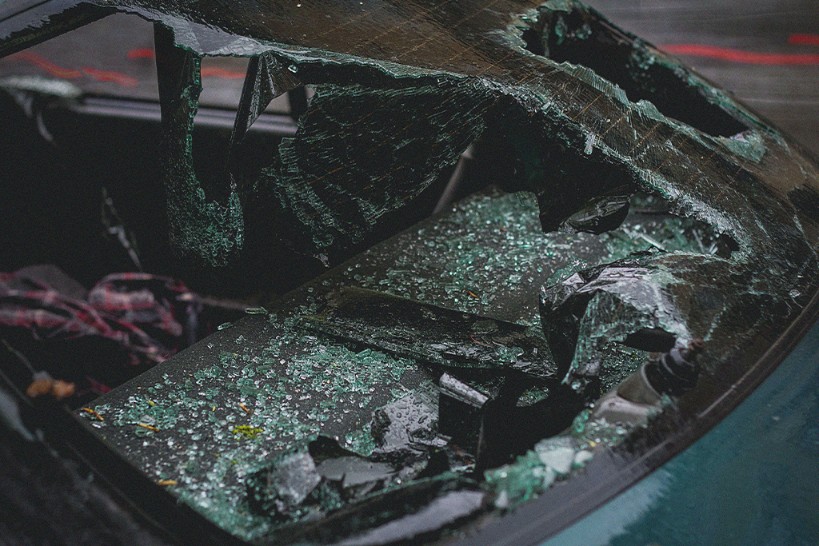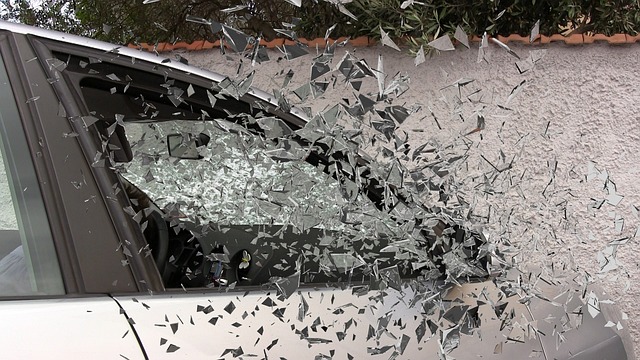Cycling is a popular mode of transportation and a great way to stay fit, but it also comes with risks. Knowing what to do immediately after a bike accident can significantly impact your recovery and protect your rights. At Darfoor Law, we specialize in personal injury cases and are committed to helping injured cyclists navigate the aftermath of an accident.
Ensure Safety and Call for Help
First and foremost, ensure your safety and that of others involved. Move to a safe location if possible and call 911 for medical assistance and to report the accident to the police. Staying calm during this stressful time is crucial.
Check for Injuries
Assess yourself and others for any injuries. Avoid moving seriously injured individuals unless necessary for their safety. Prompt medical evaluation is vital, even if injuries seem minor.
Document the Scene
If you’re able, document the accident scene. Take photos of the scene, injuries, and any damages. Gather contact information from witnesses, which can be valuable for your case later.
Interact with Authorities and Other Parties
Cooperate fully with the police and provide a clear, honest account of the accident. Ensure a police report is filed and obtain a copy for your records. Exchange contact and insurance details with the other party involved in the accident.
Seek Medical Attention
Even if you feel fine, seek medical evaluation immediately. Some injuries may not be apparent right away. Follow all medical advice and keep detailed records of your visits, treatments, and expenses. Documenting your injuries is crucial for any legal claims you may pursue.
Legal Considerations
Understanding liability in bike accidents is essential. Fault can be complex, depending on the circumstances. Contacting Darfoor Law early in the process can help you navigate the complexities of insurance claims and potential lawsuits. We can assist with evidence gathering, negotiating with insurers, and representing you in court.
Filing Insurance Claims
Notify your insurance company about the accident as soon as possible. Provide them with all necessary documentation and information. When dealing with the at-fault party’s insurance, be cautious. It’s advisable not to accept quick settlements without consulting your lawyer.
Long-Term Considerations
Your recovery may take time. Follow through with all prescribed treatments and rehabilitation. Consider emotional and psychological support if needed. Financial impacts from lost wages and ongoing treatments can be significant, so keep thorough financial records.
Conclusion
Taking the right steps after a bike accident is crucial. Seeking professional legal and medical help can ensure you receive the compensation and support you deserve. For further assistance and legal consultation, don’t hesitate to contact Darfoor Law. We’re here to help you every step of the way.










